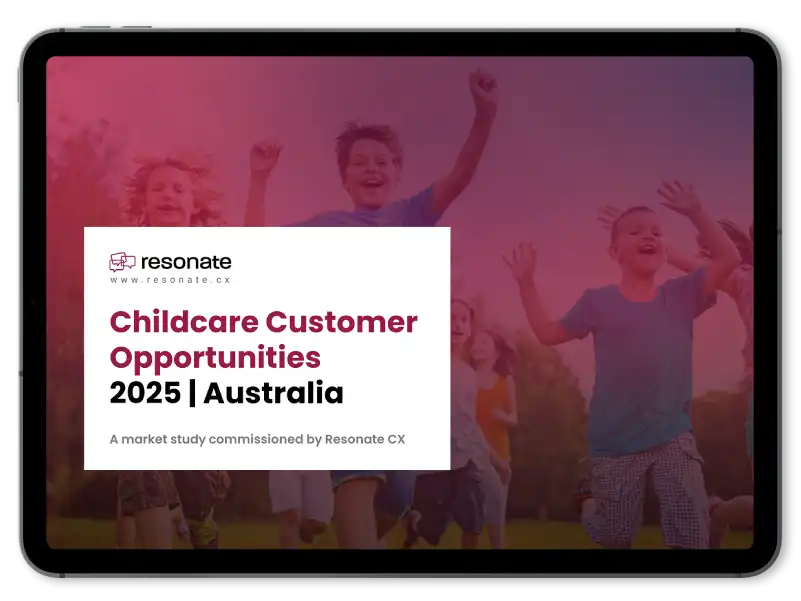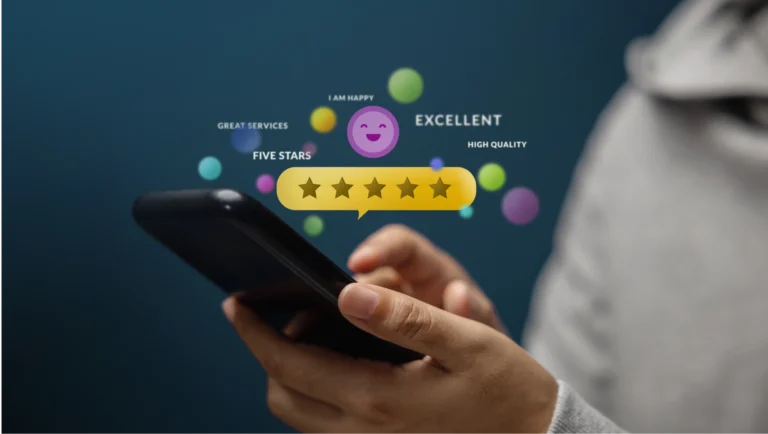What is closed loop feedback and how can it empower your frontline?
Let’s see how Janet, a store manager at a busy fashion boutique in Sydney’s inner west, starts out her day.
Janet starts today, like every other morning. She opens up the store and logs into her computer, clicks on the company portal and reviews the latest customer experience details for her store via a quick-view dashboard. From the dashboard she can quickly view the Net Promoter Score® (NPS) of her store, she can see how the store’s score has changed over the last seven days, or over the last 30 days. Janet scrolls down a little more and can quickly view the topics that promoters and detractors are talking about in their feedback.
Glancing at the results in the text analysis section of the dashboard, Janet immediately gets a feel for what customers are happy and/or unhappy about. In the detractors side of the table she sees a couple of topics appearing which she wants to investigate further. She clicks onto one of the topics “unhappy with staffing level” and the portal takes her to a new screen which shows her a list of all the comments related to this topic.
From here Janet reads the comments and decides to review her roster and have a chat to her team members about some of the comments and see if they have any ideas on resolving the issue. While reading a comment from the previous day, Janet notices that one of the customers said they found it difficult to find certain products and requested a callback regarding the availability of a particular dress. She takes a mental note.
Janet walks over to the front of the store and makes sure her store is tidy, she then heads over to the register and gets her phone out. She opens up the Resonate Echo app and searches for the customer who requested a call back. Finding the customer, she then clicks the call customer button which automatically dials her customer. Janet is looking forward to chatting with the customer as it gives her a chance to really understand what the customer is feeling, how she can solve their problems, and also gives her a chance to turn an unhappy customer into an advocate.
Every day, managers at each of the retail stores, as well as regional managers, undergo a similar routine. This is imperative to the company’s focus on customer centricity and directly impacts company culture.
The example above takes you through a customer experience program based on closed loop feedback, which is vastly different to the traditional customer satisfaction surveys.
Firstly customer satisfaction surveys are usually focused on collecting comprehensive data, and this makes sense for market research where you want statistically accurate, high level, trend data.
Secondly, with customer satisfaction surveys, an organisation will send out a blanket survey resulting in a large amount of responses in one go and usually through a survey platform that doesn’t have sophisticated text mining and analysis set up.
As Janet’s example above demonstrated, a closed loop feedback program will help an organisation achieve this personalised contact with their customers.
A good program will provide an organisation with the technology that enables them to “close the loop” on each piece of customer feedback in as close to real time as possible.
There are two “loops” to consider in closed loop feedback. The inner loop where the frontline is able to talk to customers to recover lost experiences, and the outer loop where the business reviews and analyses the root cause of the problems and implements changes to improve the customer experience.
As you may have guessed, the most important element of the closed loop feedback program is you are willing (and able) to act on the feedback.
Ideally, you need to develop a process of reviewing feedback regularly and tracking how it changes over time so you can continually improve and exceed customers’ expectations.
Obviously your frontline staff are the ones who are speaking to your customers day to day, and integrating a closed loop feedback program into their daily routine will benefit and empower them in multiple ways.
Feedback = improvement. If your customer facing staff don’t know what customers are happy or unhappy about then how can they improve? This is a chance to develop your staff, create better experiences for your business and keep your customers coming back.
In addition to personal improvement for staff, customers can have valuable insight into how store layout can be improved, and this may vary from store to store.
I’m not going to labour on the point of why feedback is important to customer experience, as a customer we all know how one bad experience can change our shopping habits and the perception of a business.
Interested in finding out more about how a customer experience program can drive business outcomes? Learn more here.








